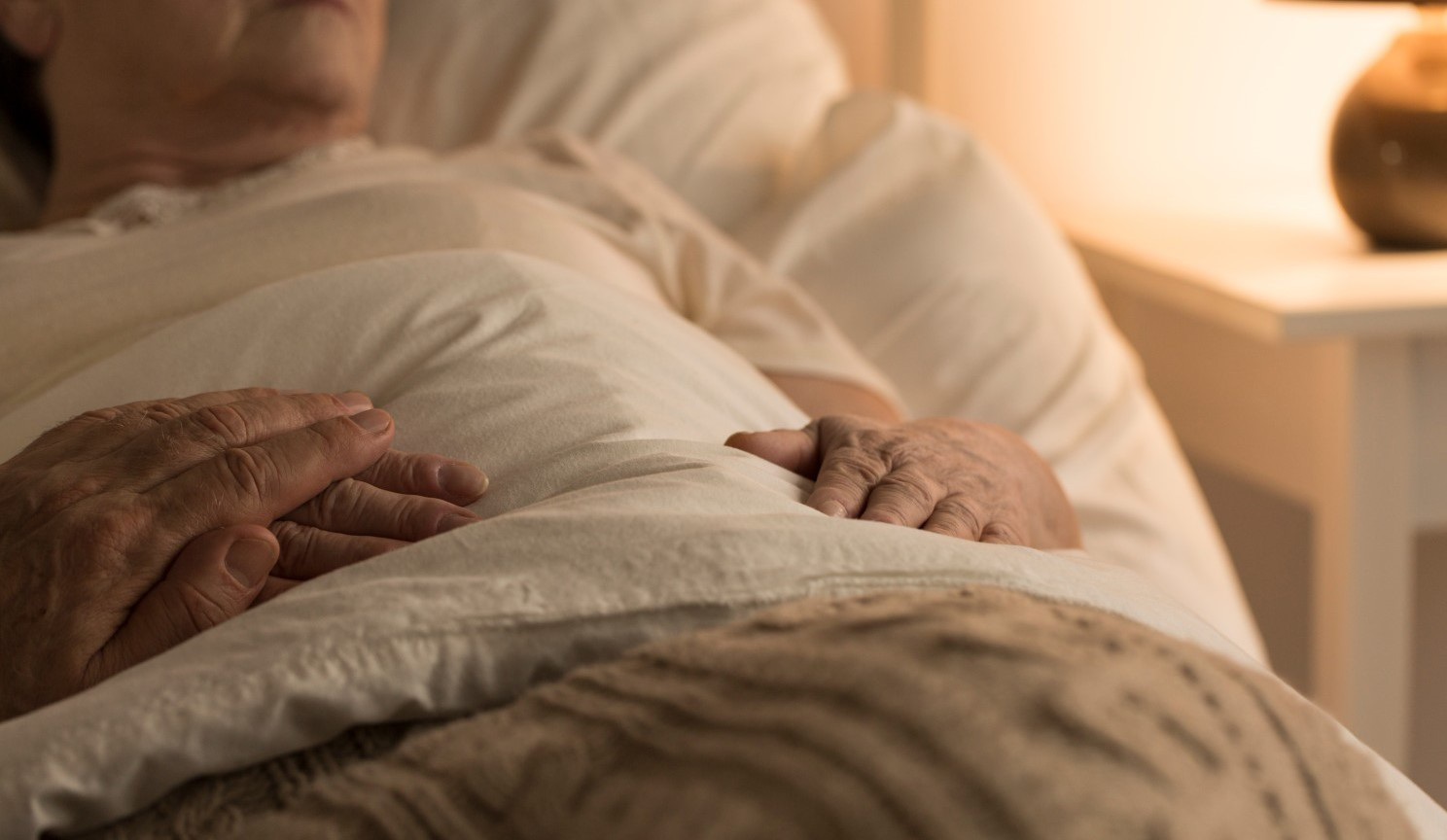FREE Shipping on Orders over $89 with Account – Create One Today!
- (844)-859-9400
- Get Help

Despite greater-than-ever awareness of the issue, pressure ulcers remain a significant problem in hospitals, facilities and home care situations. They are one of the leading Hospital Acquired Conditions (HAC), with up to 23% of hospital patients affected with these painful, potentially life-altering injuries.
Pressure ulcers can be notoriously difficult to treat in certain circumstances and can lead to permanent damage to skin and underlying tissue. Fortunately, leading wound care manufacturers have developed cutting-edge technology, leading to product solutions that have seen more success in treating pressure ulcers than ever before.
Even better, many of those products are designed to perform a dual role – both aiding in the treatment, but also prevention of pressure ulcers. Read on to learn more about prevention, along with causes and treatments for this unfortunately common condition.
A pressure ulcer (sometimes known as a bedsore) occurs when an area of skin is placed under constant pressure for a certain period of time, restricting blood flow to the area and causing breakdown in the skin and/or its underlying tissue. They have the potential to progress quickly and become very serious, in some cases penetrating to muscle and bone.
Warning signs of pressure ulcers include:
Absent proper prevention protocols, pressure ulcers are apt to appear in individuals dealing with immobility issues or paralysis, and in surgical patients. People in these situations will tend to stay in a fixed position for long periods of time, creating an environment for ulcers to occur. Common problem areas include the sacrum, buttocks, hips and heels. Bony prominences and locations where medical devices are worn are also considered high-risk.
Pre-existing factors can also contribute to the likelihood of developing a pressure ulcer. High-risk individuals include:
If a pressure ulcer is already present, or develops despite best precautions, it is important to take action quickly. Contact a healthcare professional. They will clean and disinfect the abrasion, especially if it has progressed to an open wound. Depending on the depth and stage of the ulcer, debridement of biofilm and/or dead tissue may be necessary.
Regardless of the stage of the wound or other products used to promote healing, such as collagen, having a top layer dressing to protect the area is essential. Multi-layer silicone border dressings are ideal for this role.
Mepilex® Border Flex dressings by Molnlycke are a perfect example. Their five-layer construction protects the wound and handily absorbs exudate. Because regular monitoring of pressure ulcers is vital to the healing process, Mepilex® is ideal because it allows the dressing to be lifted from the wound with little-to-no pain for the patient, and be re-applied several times over the course of the dressing’s life.
Mepilex® bordered dressings are also designed with ulcer prevention in mind, and are engineered to protect against extrinsic factors that cause ulcers, such as pressure, shear and friction.
Keep in mind that protective dressings are only effective when paired with proper prevention protocols. Surgical patients, especially those identified as high-risk, are generally subject to strict monitoring to prevent too much pressure building up on the operating table. However, long-term care facilities, and especially home care situations, can be a bit more risky.
Simple prevention tips include:
In addition, it’s often helpful to use various forms of cushioning that are designed to relieve pressure. For example, the Z-Flo™ Fluidized Positioner is a highly-advanced cushion (of sorts) containing a moldable substance which will fully maintain its shape once placed in the desired position. This allows the clinician or caretaker to better keep a bedridden patient in place for bi-hourly turns. This is in contrast to a simple pillow or bean bag, which will compress over time and lose its shape. The Z-Flex™ Fluidized Heel Boot uses similar technology to provide padding for the heel, an area which is particularly vulnerable to pressure ulcers in immobile patients.
… or someone you’re caring for, is exhibiting signs of a pressure ulcer, contact a medical professional immediately. Please feel free to contact Medical Monks with any questions you may have about products that can help treat and prevent bedsores.

